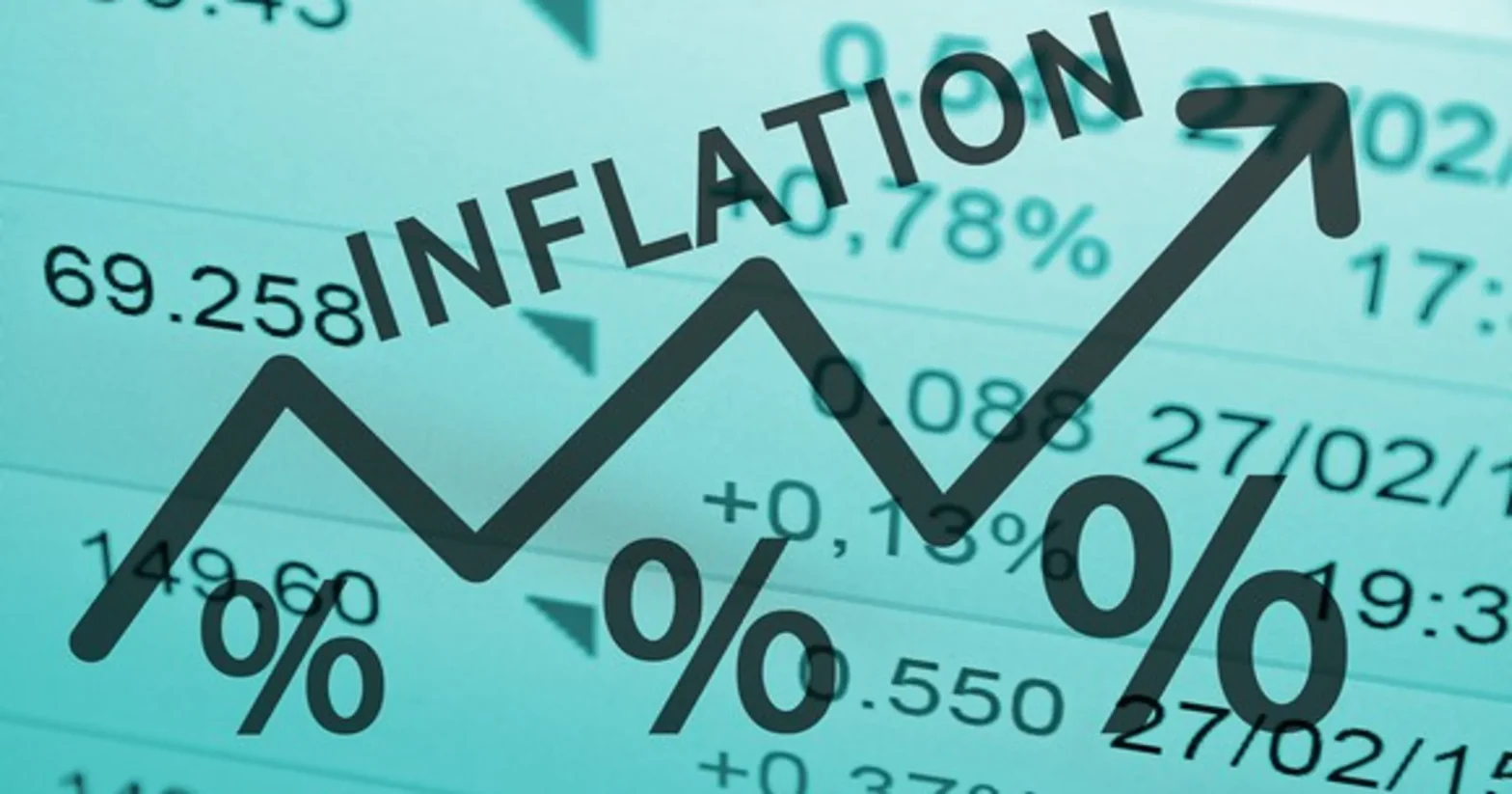February’s figures held steady at an annual inflation rate of 3.4%, which has been consistent for the last three months. This plateau suggests a pause in the relentless price climbs that have worn out family wallets. Economists caution against celebrating just yet, pointing to the inherent unpredictability of monthly data and if inflation is matching the Reserve Bank of Australia’s (RBA) expected downward trends.
It may be the calm before the storm as the Australian Bureau of Statistics (ABS) has noted a small rise in the ‘trimmed mean’ inflation. This is a core measure that strips out the most volatile elements, which has nudged upwards from 3.8% to 3.9%. This small raise suggests that the inflation roots remain active.
Contributing to the inflationary pressure are familiar offenders for our readers. Housing costs have surged by 4.6%, combined with an 8.4% jump in the price of food and non-alcoholic beverages. While alcohol and tobacco, alongside insurance and financial services, have also seen significant hikes.
Tourism offers a rare glimmer of hope, with holiday travel and accommodation costs contracting by 1.3% over the past year, a trend influenced by price drops outside the metropolitan hotspots of Sydney and Melbourne. Despite the inflationary pressure of celebrity tours – here’s looking at you Swifties.
The housing market, a consistent driver of inflation, presents a mixed picture. Renters face a tightening squeeze, with a 7.6% annual increase in rents reflecting a market with little room for manoeuvre by tenants. Housing is taking up a larger amount of each household’s discretionary spend and that is likely to lead to all types of social issues. While the construction sector is not immune from inflationary pressures, with new dwelling prices climbing by 4.9% over the past year due to escalating costs of materials and labour.
Against these conditions, the RBA has opted for a cautious stance, maintaining the interest rate at 4.35%. This decision comes amidst contrasting economic signals – a sluggish growth compared with robust labour market data.
Although the latest information from SEEK indicates that the number of applicants per job advertisement is now higher then pre – COVID, suggesting a degree of fragility within the labour market as well.
The central bank’s posture suggests a pivot from a tightening cycle, with signals pointing towards a potential easing of rates in the future, a move anticipated with keen interest by market observers and most overextended households.
Electricity prices, often a bellwether for household expenses, have been tempered by government interventions. Rebates introduced in the past year have cushioned consumers from steeper increases, a stabilising force in an otherwise sea of rising costs. However, the relief is half done, as insurance premiums continue their climb, reaching a record 16.5% annual increase, driven by a confluence of factors from reinsurance costs to natural disaster claims.
Australia’s inflation story is a complex story involving conflicting trends and cautious optimism. The steadiness in the headline rate ignores the underlying pressures and policy dilemmas facing the RBA. As the central bank carefully navigates the balance of fostering growth and containing inflation, the path forward remains fraught with uncertainty.

